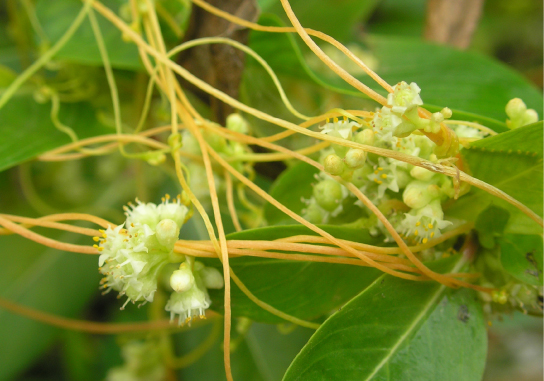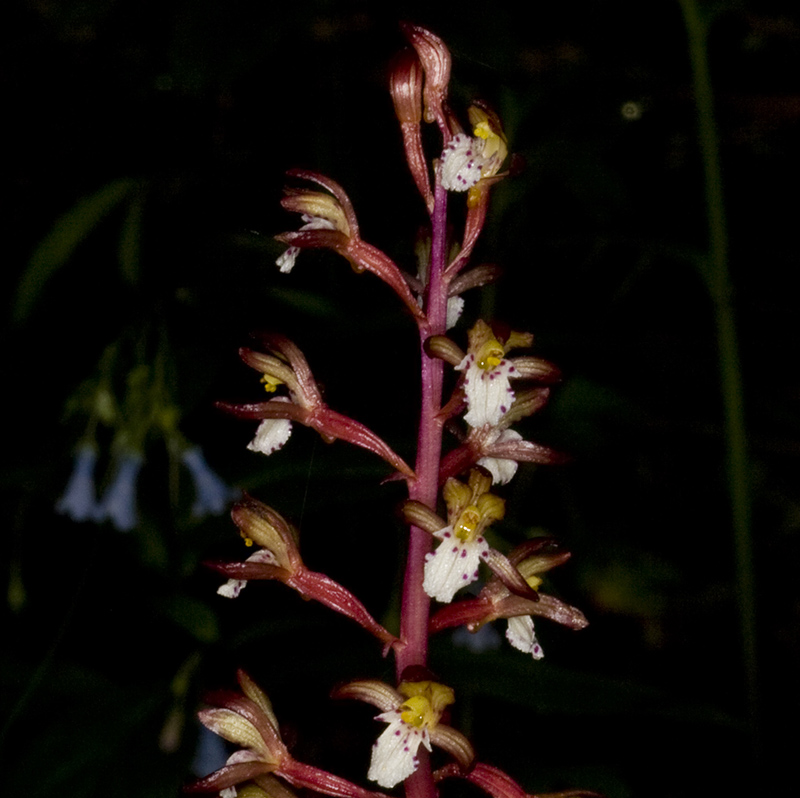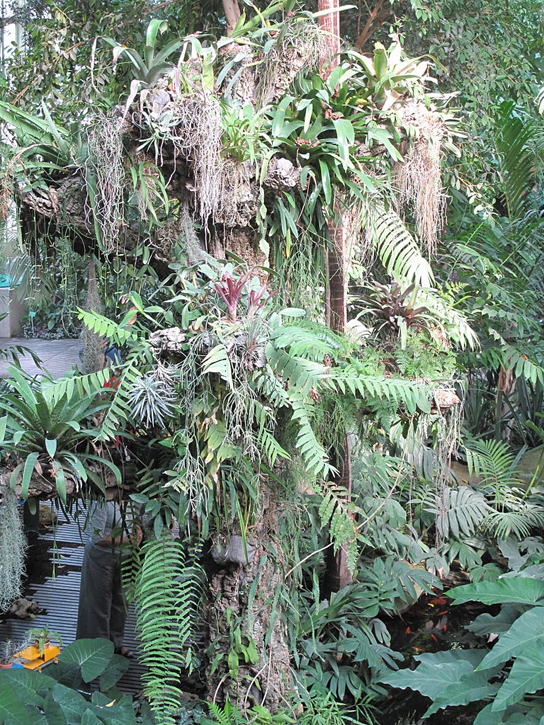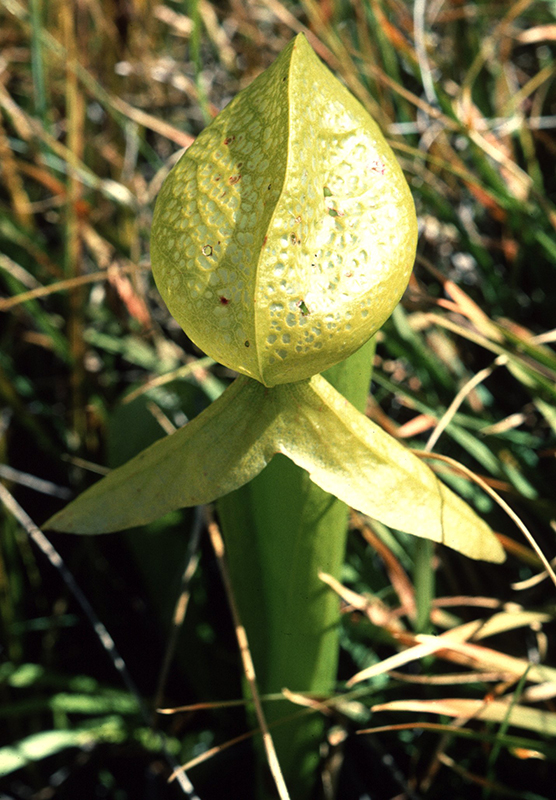| << Chapter < Page | Chapter >> Page > |

A saprophyte is a plant that does not have chlorophyll and gets its food from dead matter, similar to bacteria and fungi (note that fungi are often called saprophytes, which is incorrect, because fungi are not plants). Plants like these use enzymes to convert organic food materials into simpler forms from which they can absorb nutrients ( [link] ). Most saprophytes do not directly digest dead matter: instead, they parasitize fungi that digest dead matter, or are mycorrhizal, ultimately obtaining photosynthate from a fungus that derived photosynthate from its host. Saprophytic plants are uncommon; only a few species are described.

An epiphyte is a plant that grows on other plants, but is not dependent upon the other plant for nutrition ( [link] ). Epiphytes have two types of roots: clinging aerial roots, which absorb nutrients from humus that accumulates in the crevices of trees; and aerial roots, which absorb moisture from the atmosphere.

An insectivorous plant has specialized leaves to attract and digest insects. You are probably familiar with the Venus flytrap, which has leaves that work as snap-traps . Other kinds of carnivorous plants, such as the sundews, are decorated with glands that secrete a sticky fluid which both attracts and then later digests insects that become ensnared in the sticky fluid. And still another group includes the pitcher plants, which typically catch and hold rainwater in a pitcher-shaped organ. The plant secretes nutrients as well as digestive enzymes into the trapped water. Insects are attracted to, and then fall into, the pool of fluid; they cannot easily escape due to the downward-facing hairs that line the inside of the "pitcher". One unique kind of pitcher plant is the California Pitcher Plant ( Darlingtonia californica , [link] ), found in bogs and seeps in the mountains of northern California and southern Oregon. The plant, also known as the Cobra Lily, is unique in that it does not trap rainwater in the pitcher, but rather pumps it up from the roots. A tiny entrance hole underneath the "head" of the cobra-shaped structure allows insects in, but they cannot get back out once they are trapped in the digestive fluid stored below. All carnivorous plants are found in nitrogen-poor soils, and obtain the bulk of this critical nutrient from the bodies of insects and other animals that they trap and digest.


Notification Switch
Would you like to follow the 'Principles of biology' conversation and receive update notifications?